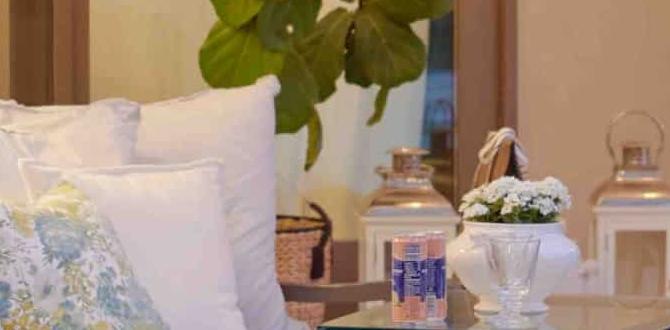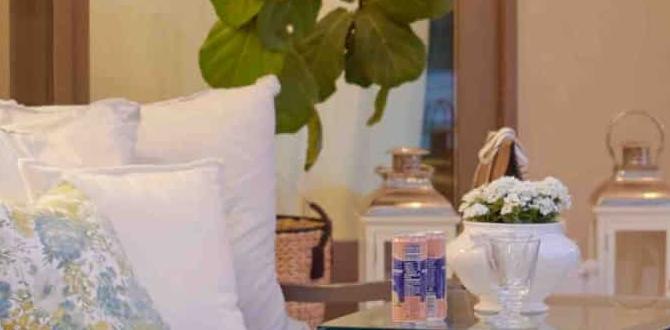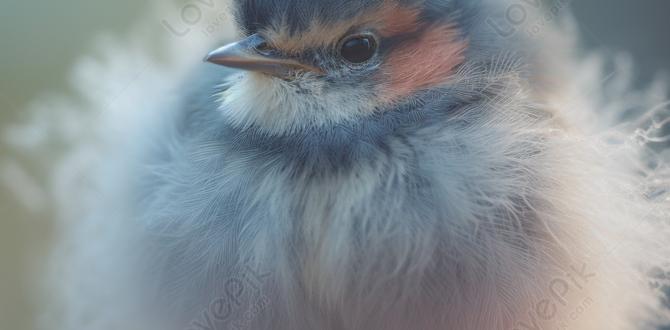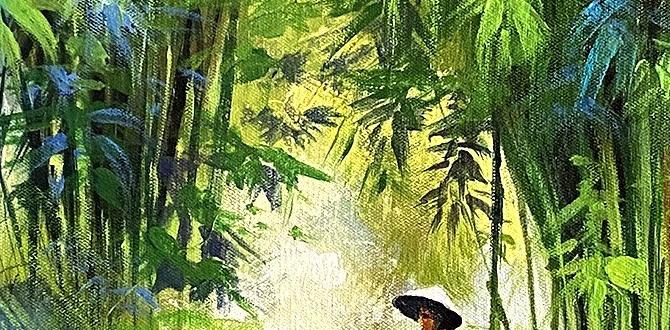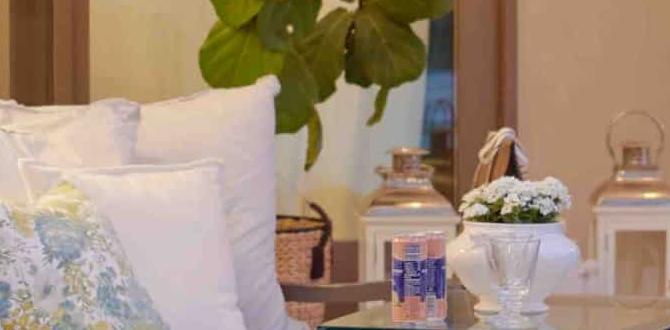Have you ever watched birds hop and flutter around your garden? It’s a joyful sight! Gardening for birds is not just a fun hobby; it can also help our feathered friends thrive. Imagine a garden filled with colorful flowers, juicy berries, and safe places for birds to nest. Doesn’t that sound lovely?
Many people don’t realize how easy it is to attract birds to their yards. All it takes is a few simple steps. You might wonder, why should you care about gardening for birds? Birds can control pests and add beauty to your garden. Plus, watching them can bring so much joy.
Did you know that certain plants can help specific bird species? For example, cardinals love sunflowers, while hummingbirds can’t resist bee balm. Isn’t it fascinating how plants can help birds? By planting the right flowers and trees, you can create a safe home for these creatures.
Join us as we explore the wonderful world of gardening for birds. You’ll learn tips and tricks to make your garden a bird-friendly paradise. Let’s bring some nature into your backyard!
Gardening For Birds: Create A Bird-Friendly Habitat
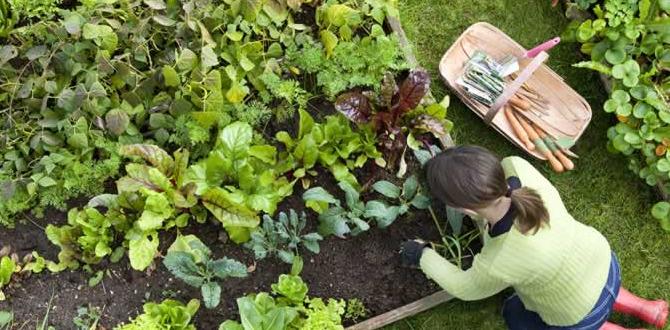
Gardening for Birds
Creating a garden for birds can bring joy and beauty to your yard. Imagine colorful birds visiting your backyard daily! You will learn how to choose plants that provide food and shelter. Native plants are especially helpful since they attract local species. Adding bird baths keeps your feathered friends refreshed. Did you know, planting sunflowers can invite various birds? Gardening for birds not only benefits wildlife but also connects you with nature. Start your bird-friendly garden today!Understanding the Importance of Bird-Friendly Gardens
Benefits of attracting birds to your garden. Role of birds in the ecosystem.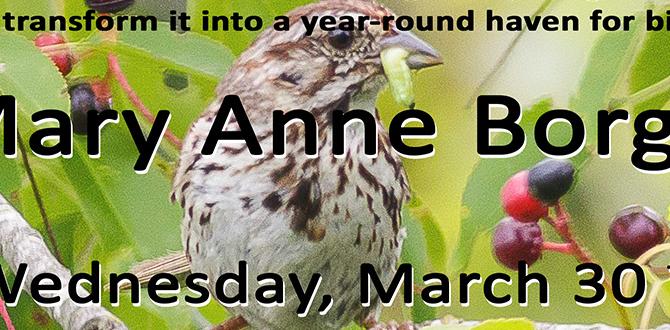
Birds are nature’s little helpers! They keep your garden lively and colorful while also playing a big role in the ecosystem. By attracting birds, you encourage pollination and pest control. Did you know that one bird can eat thousands of insects in a single summer? That’s like having tiny gardeners doing the dirty work for you!
| Benefits of Attracting Birds | Role of Birds in Ecosystem |
|---|---|
| Increased plant growth | Pest control – bye-bye bugs! |
| Enhanced beauty | Pollination – thank you, birds! |
Creating a bird-friendly garden is like throwing a party for wildlife. With birds around, your garden becomes a happier place! Plus, they sing sweet songs that can brighten any dull day. It’s a win-win!
Choosing the Right Plants for Bird Attraction
Native plants vs. nonnative plants. Recommended species that provide food and shelter.Not all plants are created equal when it comes to attracting birds! Native plants are like a buffet for our feathered friends. They provide the food, shelter, and nesting spots birds need. Non-native plants often lack the right nutrients. This can make birds say, “No thanks!” Popular native choices include milkweed for butterflies and junipers for nesting. Nonnatives can attract pests and not much else. For a happy bird garden, opt for the locals!
| Plant Type | Benefits |
|---|---|
| Native Plants | Provide food, shelter, and support local wildlife. |
| Nonnative Plants | May attract pests, not ideal for birds. |
Water Features: Essential Elements for Birds
Types of water features to include. Maintenance tips for clean and safe water sources.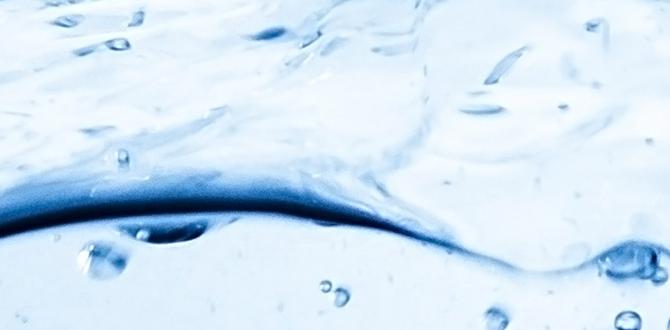
Water features are like a splashy invitation for birds in your garden! You can use birdbaths, small ponds, or fountains. Each type offers birds a delightful drink or a place to splash. To keep these water spots clean and safe, change the water often and scrub away algae. Remember, happy birds enjoy clean water! They might even bring their friends!
| Type of Water Feature | Maintenance Tips |
|---|---|
| Birdbath | Change water every few days; clean weekly. |
| Pond | Remove leaves; check for contaminants. |
| Fountain | Keep pump clean; refill regularly. |
Creating Safe Nesting Areas
Ideal materials and locations for birdhouses. Importance of natural nesting sites.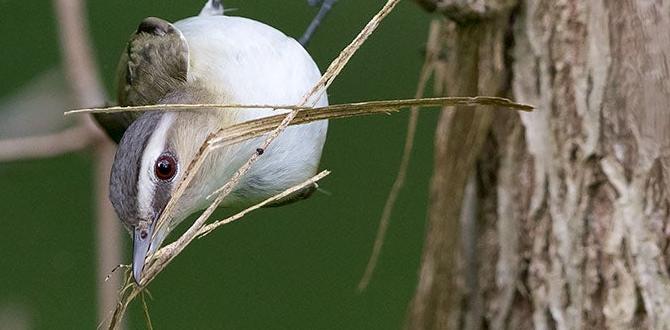
Birdhouses create a safe spot for our feathered friends. Choose natural materials like wood for a cozy feel. Locations matter, too! Look for quiet places like tree branches or sheltered corners. Birds also love natural nesting sites, like bushes and tall grass. These areas provide protection and food. Remember, keeping them safe helps their population grow!
What makes the best nesting area for birds?
The best nesting areas have natural materials and safe spots high off the ground. This keeps them away from danger and helps baby birds grow strong.
Key Points:
- Natural materials: wood, straw, and leaves.
- Ideal locations: trees, shrubs, and quiet corners.
- Natural sites offer safety and food supplies.
Using Bird Feeders Effectively
Types of feeders and their purposes. Best birdseed choices to attract various species.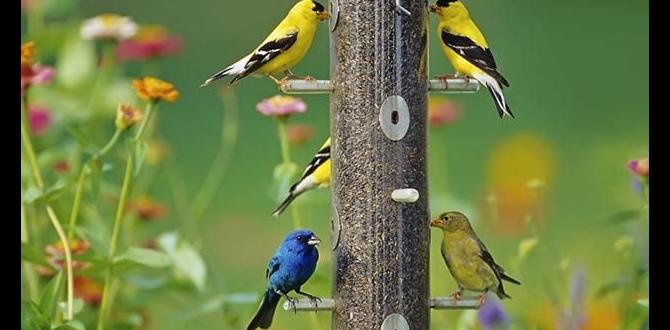
Choosing the right bird feeder can be fun and rewarding for attracting our feathered friends. There are various types of feeders like tube feeders, platform feeders, and suet feeders, each serving a unique purpose. Tube feeders work well for small birds, while platform feeders welcome everyone, from tiny sparrows to larger doves. Fun fact: Platform feeders look like a bird buffet—no reservations required!
When it comes to seed, different birds prefer different kinds. Black oil sunflower seeds are popular and attract many species. Nyjer seeds are great for finches, and peanuts are a hit with woodpeckers. In fact, a survey shows that sunflower seeds are loved by 85% of backyard birds! So fill those feeders with the right goodies and watch your yard come alive!
| Type of Feeder | Best For |
|---|---|
| Tube Feeder | Small birds like finches |
| Platform Feeder | All kinds of birds |
| Suet Feeder | Woodpeckers and other insect-eaters |
Providing Shelter and Protection
Importance of shrubs and trees for cover. Creating a diverse garden layout for safety.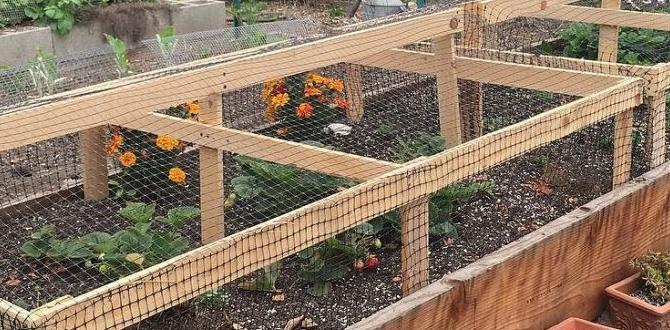
Birds love a good hiding spot! Shrubs and trees give them a cozy home and keep them safe from sneaky predators. Think of it as a bird’s version of a superhero cape. A garden that mixes different plants creates a fun maze for our feathered friends. This helps them hide and feel secure.
| Type of Plants | Benefits |
|---|---|
| Shrubs | Great for hiding and nesting |
| Trees | Provide shade and high perches |
| Diverse Flowers | Attract different bird species |
By planting a mix of these, your garden can become a safe playground for birds. Who wouldn’t want a birdie hangout where they can show off their flying skills?
Year-Round Gardening for Bird Diversity
Seasonal considerations for planting. Tips for ensuring birds have food throughout the year.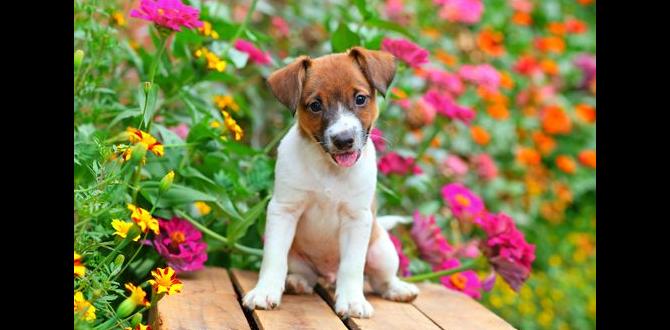
Gardening can provide a home for many birds year-round. Choose plants that bloom in different seasons. This ensures birds find food no matter when they visit. Native plants are great because they attract local birds. Here are some tips for successful gardening:
- Plant berries that ripen in summer and fall.
- Include seeds that last through winter.
- Keep a variety of plants for different bird types.
- Provide water sources to help them thrive.
Birds need shelter too. Dense shrubs and trees give them a safe space. Think about the birds in your area, and you’ll create a friendly garden.
How can I attract birds year-round?
Offer a variety of seeds and plants. Include food sources in each season. Keep your garden lively with native plants to bring in different birds throughout the year.Maintaining a Healthy Habitat
Best practices for pest management. Organic gardening techniques that benefit birds.Creating a happy home for birds means keeping pests away using smart methods. Try using natural pest control like ladybugs and birds that eat bugs. They are tiny heroes in your garden! Remember, the less you use pesticides, the healthier your space becomes. Plus, your feathered friends will love you for it. Did you know that birds can eat up to 600 insects a day? That’s a snack feast!
Here are some organic gardening tricks that make birds dance with joy:
| Practice | Benefit |
|---|---|
| Plant native flowers | Attracts local birds |
| Compost | Rich soil for yummy plants |
| Leave some weeds | Hides tasty bugs |
Trying these tips will keep your garden lively and loud with joyful chirps!
Conclusion
Gardening for birds is fun and rewarding. You can create safe spaces for them by planting native flowers and providing food. Adding water sources helps birds stay happy and healthy. Remember to avoid harmful chemicals. Start with simple changes in your garden. For more tips and ideas, check out local resources or books. Let’s make our gardens welcoming for our feathered friends!FAQs
What Are The Best Types Of Plants To Include In A Garden To Attract A Variety Of Bird Species?To attract birds, you can plant flowers like sunflowers and coneflowers. These flowers make seeds that birds love to eat. Shrubs like berry bushes are also great because they provide food and shelter. You can include trees that have nuts or fruits, too, like oaks or apple trees. The more different plants you have, the more birds will come!
How Can Water Features, Such As Bird Baths Or Small Ponds, Enhance A Bird-Friendly Garden?Water features like bird baths and small ponds help birds in many ways. Birds need water to drink and bathe. When you add these features, you attract more birds to your garden. They will visit to splash around and cool off. This makes your garden lively and fun to watch!
What Specific Gardening Practices Can Help Provide Shelter And Nesting Sites For Birds?You can help birds by planting native trees and shrubs. These plants provide spots for birds to hide and build their nests. You can also leave some brush piles in your yard. Birds like to use these piles for shelter. Finally, remember to avoid using harmful chemicals in your garden!
How Can I Create A Year-Round Food Source For Birds In My Garden?You can create a year-round food source for birds by planting different trees and flowers. Choose plants that produce seeds or fruits, like sunflowers and berries. You can also set up bird feeders filled with seeds, nuts, or suet. Remember to keep the feeders clean and full, especially in winter. Adding a birdbath will give them water, too!
What Role Do Native Plants Play In Attracting And Supporting Local Bird Populations?Native plants help attract birds because they provide food and shelter. Birds eat the seeds, berries, and insects that grow on these plants. They also use native plants to build their nests. When we plant native plants in our gardens, we support local birds and help nature thrive. This makes our area healthier and more beautiful.

